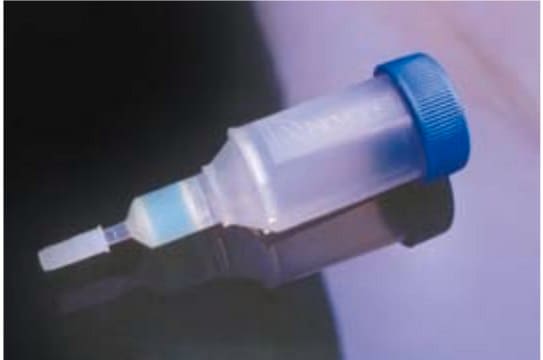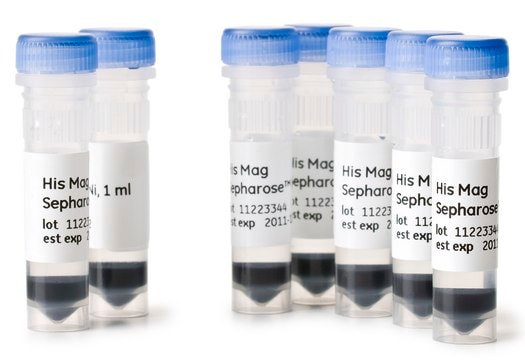We do not recommend re-using the columns. Each column is intended for one time use.
H7787
HIS-Select® Spin Columns
Synonym(s):
His-Tag Spin Columns
Select a Size
$215.00
Available to ship onApril 08, 2025Details
Select a Size
About This Item
$215.00
Available to ship onApril 08, 2025Details
Recommended Products
shelf life
2 yr at 2‑8 °C
packaging
pkg of 10 ea
pkg of 50 ea
pore size
100 nm pore size
capacity
>0.5 mg/column
storage temp.
2-8°C
General description
Application
Features and Benefits
- High Selectivity for higher purity
- Convenient and Ready-to-Use
- Consistent protein binding each use
- Compatible with CelLytic™ cell lysis reagents
Legal Information
Storage Class
11 - Combustible Solids
wgk_germany
WGK 3
flash_point_f
Not applicable
flash_point_c
Not applicable
Choose from one of the most recent versions:
Certificates of Analysis (COA)
Don't see the Right Version?
If you require a particular version, you can look up a specific certificate by the Lot or Batch number.
Already Own This Product?
Find documentation for the products that you have recently purchased in the Document Library.
Customers Also Viewed
-
Can HIS-Select® Spin Column, Product H7787, be re-used?
1 answer-
Helpful?
-
-
What is the binding capacity of the HIS-Select® Spin Column, Product H7787?
1 answer-
The binding capacity of a HIS-Select Spin Column is >500 ug per column as determined witha ~30 kDa histidine tagged protein recovered under high levels of protein expression.
Helpful?
-
-
What is the Department of Transportation shipping information for this product?
1 answer-
Transportation information can be found in Section 14 of the product's (M)SDS.To access the shipping information for this material, use the link on the product detail page for the product.
Helpful?
-
Active Filters
Our team of scientists has experience in all areas of research including Life Science, Material Science, Chemical Synthesis, Chromatography, Analytical and many others.
Contact Technical Service








